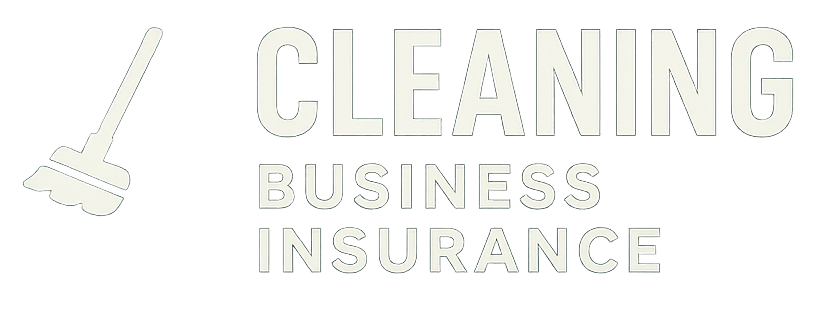For cleaning business owners in California, tools and equipment are more than just items—they are essential assets that keep operations running smoothly. From vacuums and floor buffers to ladders and specialized cleaning supplies, losing even a single item can impact productivity and revenue. Unfortunately, tool theft is a reality that many cleaning companies face, and proving the loss to your insurance provider is critical for a successful claim. Understanding the proper steps, documentation, and reporting process can save your business time and money.
Understanding the Importance of Documenting Tools and Equipment
Before theft even occurs, maintaining an organized record of all your cleaning tools and equipment is essential. Keeping detailed inventories, including item descriptions, serial numbers, purchase dates, and receipts, helps establish proof of ownership. Many insurance providers require this documentation to verify claims.
Photographic evidence is also highly effective. Take clear, high-resolution images of your equipment regularly, especially after purchasing new tools. For larger items like floor buffers, carpet cleaning machines, or commercial-grade vacuums, consider capturing both close-up and full-view photographs. Videos showing equipment in your storage space can also serve as strong proof in case of theft.
Digital records can simplify the process. Spreadsheet inventories or specialized asset-tracking apps allow you to update and access your list from anywhere. In addition to proving ownership, well-maintained inventories can help your business calculate depreciation for insurance purposes, ensuring you receive fair compensation.
Reporting the Theft to Authorities
Immediately reporting stolen tools to local law enforcement is a critical step in the claims process. Filing a police report provides an official record that supports your insurance claim. When filing, be as specific as possible: include serial numbers, brand names, item descriptions, purchase dates, and estimated values. This documentation not only strengthens your case with your insurance company but also improves the likelihood of recovering your stolen equipment.
If the theft occurred at a commercial location, like a client’s office or a storage facility, inform the property manager or owner. They may have surveillance footage or additional information that could aid both the police and your insurance claim. Prompt reporting is essential, as delays can raise questions during the claims evaluation process and may affect the outcome of your claim.
Filing a Claim With Your Insurance Provider
Once a police report is filed, contact your insurance provider to initiate the claims process. Cleaning business insurance policies often include tools and equipment coverage, sometimes as part of a Business Owner’s Policy (BOP) or a standalone endorsement. Reporting promptly helps ensure your claim is processed efficiently.
Provide your insurance agent with all documentation collected: inventory lists, receipts, photographs, and the police report. Be detailed about the circumstances of the theft—when and where it happened, how many items were taken, and any witnesses who can verify the incident. The more complete and organized your submission, the faster the claims adjuster can evaluate your case.
Insurance adjusters may also request additional information, such as proof of regular maintenance for expensive tools or evidence of security measures in place, such as lockable storage or alarms. Having this information ready can streamline the process and prevent delays.
Additional Tips for a Successful Claim
To maximize your chances of receiving full compensation, consider implementing the following strategies:
Keep Receipts and Proof of Purchase – Insurance companies rely on purchase documentation to determine the replacement value of your stolen tools. Store receipts digitally and in a secure location.
Use Serial Numbers – For high-value equipment, recording serial numbers is crucial. It helps law enforcement track stolen items and strengthens your claim.
Maintain Security Measures – Locked storage units, surveillance cameras, and other security precautions demonstrate that you took reasonable steps to protect your property, which can impact claim approval.
Document Regular Updates – Update your inventory each time you acquire or retire equipment. This ensures your records are accurate and your insurance coverage remains adequate.
Communicate Promptly and Clearly – Respond quickly to requests from your insurance company and provide any additional evidence needed. Timely communication shows your commitment to resolving the claim.
Understanding Policy Limits and Coverage
It is important to know the limits of your insurance policy. Most cleaning business policies have a maximum payout for tools and equipment theft, and coverage may be subject to a deductible. Understanding these details in advance helps you plan for potential gaps in coverage. Some policies may allow endorsements for higher-value items, ensuring you’re fully protected against expensive specialized tools.
Insurance providers may also factor in depreciation when calculating compensation. Knowing whether your policy offers replacement cost coverage or actual cash value can help you anticipate the amount you may receive after a claim. Discuss these options with your insurance agent to ensure your coverage aligns with your business needs.
Conclusion
For California cleaning business owners, protecting tools and equipment is essential for maintaining productivity and profitability. In the unfortunate event of theft, proving your loss requires thorough documentation, prompt reporting, and careful communication with both law enforcement and your insurance provider. Maintaining inventories, photographic evidence, receipts, and security measures significantly increases the likelihood of a successful claim.
By understanding the claims process, knowing your policy limits, and preparing your evidence ahead of time, you can minimize financial disruption and quickly get back to providing reliable cleaning services. Taking these proactive steps ensures your cleaning business stays protected, resilient, and ready to continue serving clients without costly interruptions.
